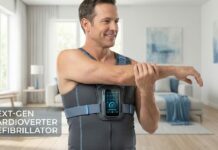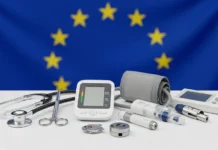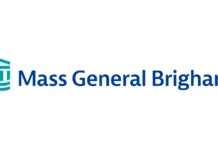Since 2006 Siemens Healthcare has operated a globally uniform EHS (Environment, Health & Safety) management system, which alongside important elements relating to environmental and radiation protection also incorporates internationally recognized occupational health and safety management systems. The "Report Environmental Protection, Occupational Health and Safety 2010" presents Siemens Healthcare’s achievements in relation to EHS during fiscal 2009. "We not only acknowledge our responsibility to the environment, which we seek to protect with environmentally compatible products. We also want to offer our employees safe jobs, and part of this is, for example, protection against hazardous substances or exposure to radiation." said Dr. Freimut Schröder, Head of Environment, Health and Safety for Siemens Healthcare.
Within the environmental protection measures at Siemens, the environmental portfolio assumes a particular significance, as the means by which Siemens meets challenges such as increasing urbanization, growing shortages of natural resources and the associated requirements in terms of environmental and climate protection. The environmental portfolio is made up of products which are energy- and resource-efficient, and thus help customers cut CO2 emissions, reduce product lifecycle costs and improve the ecological performance of their company. This involves not just the ecological aspects of the products and solutions, but also the analysis of future technological developments. Siemens’ Sustainability Board checks whether the product concerned is to beincorporated into the environmental portfolio or not. Positive decisions are also checked by an independent external auditor. In the last few years the Healthcare Sector’s "green" portfolio has also grown steadily in terms of sales volumes. While in 2008 it accounted for just eight percent of sales, by 2010 this figure had grown to twelve percent.
The year 2010 saw three healthcare products incorporated into the Siemens environmental portfolio. During a thorax examination, the Somatom Definition Flash Computer Tomograph uses on average 45 percent less energy than its predecessor, the Somatom Definition, while the corresponding saving on a cardiac examination amounts to some 85 percent. The Somatom Definition Flash offers the highest speeds and lowest radiation levels of any CT scanner currently on the market. A cardiac scan, for example, can be performed with less than one millisievert (mSv), while the average effective dose for this procedure generally amounts to between 8 and 20 mSv. In addition, the lead usually required in the counterweights that balance the rotating parts of CT machines can be dispensed with. This is because the Somatom Definition Flash no longer needs counterweights, as innovative new construction techniques have reduced the out-of-balance forces, and the remaining imbalances are compensated for by using steel as a material.
With the Axiom Luminos dRF Fluoroscopy System, savings of some 35 percent on energy consumption are achievable over the entire product lifecycle compared with the Axiom Iconos R200 Fluoroscopy System used under the same workload conditions. As the Axiom Luminos dRF operates digitally, film cassettes are no longer necessary, and work processes can be completed more quickly. In addition the device has a smaller footprint, because as a 2-in-1-system it is suitable both for fluoroscopy and for radiography. Special CARE (Combined Applications for Reduced Exposure) applications help the operator to work with reduced dosage levels.
Per patient examination, the digital Ysio X-ray System uses 20 percent less energy compared with the Aristos MX/VX X-Ray System. As it requires no film cassettes, it contributes to material savings and helps avoid waste in hospitals and physician’s practices. The latest generation of detectors offers high image quality. The wi-D Wireless Detector, the multifunctional MaxTouch operator display and the 500 or so individual programmable system positions ensure optimal workflows.
The German-language edition of the report on environmental protection and occupational health
and safety may be obtained at www.siemens.de/healthcare-umwelterklaerung.
The international version can be found at www.siemens.com/healthcare-ehs.
During the fiscal year 2010, Siemens posted sales worth some 28 billion euros with products from its environmental portfolio, making Siemens the world’s largest supplier of environmentally friendly technology. During the same period customers saved 270 million tonnes of carbon dioxide (CO2) with such products, a volume equivalent to the total CO2 emissions generated in a year by Hong Kong, London, New York, Tokyo, Delhi and Singapore put together.
The Siemens Healthcare Sector is one of the world’s largest healthcare solution providers and a leading manufacturer and service provider in the fields of medical imaging, laboratorydiagnostics, hospital information technology and hearing instruments. It offers solutions covering the entire supply chain under one roof – from prevention and early detection to diagnosis and on to treatment and aftercare. By optimizing clinical workflows oriented toward the most important clinical pictures, Siemens also strives to make healthcare faster, better and, at the same time, less expensive. Siemens Healthcare currently has some 48,000 employees worldwide and is present throughout the world. During fiscal 2010 (up to September 30) the Sector posted sales worth 12.4 billion euros and profits of around 750 million euros.
For more information
www.siemens.com/healthcare

















